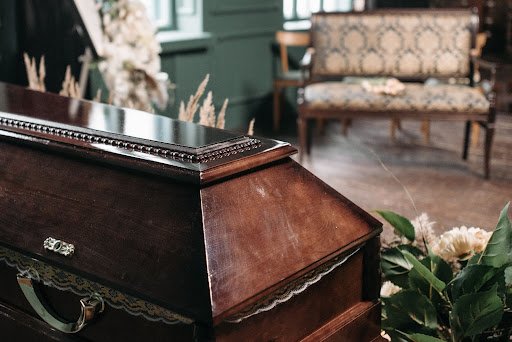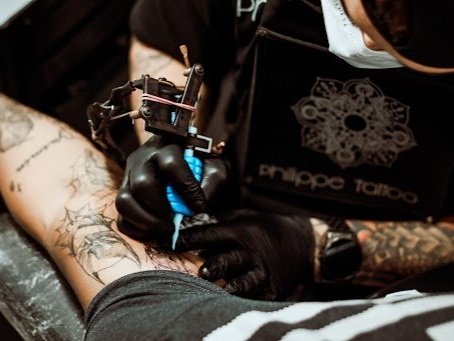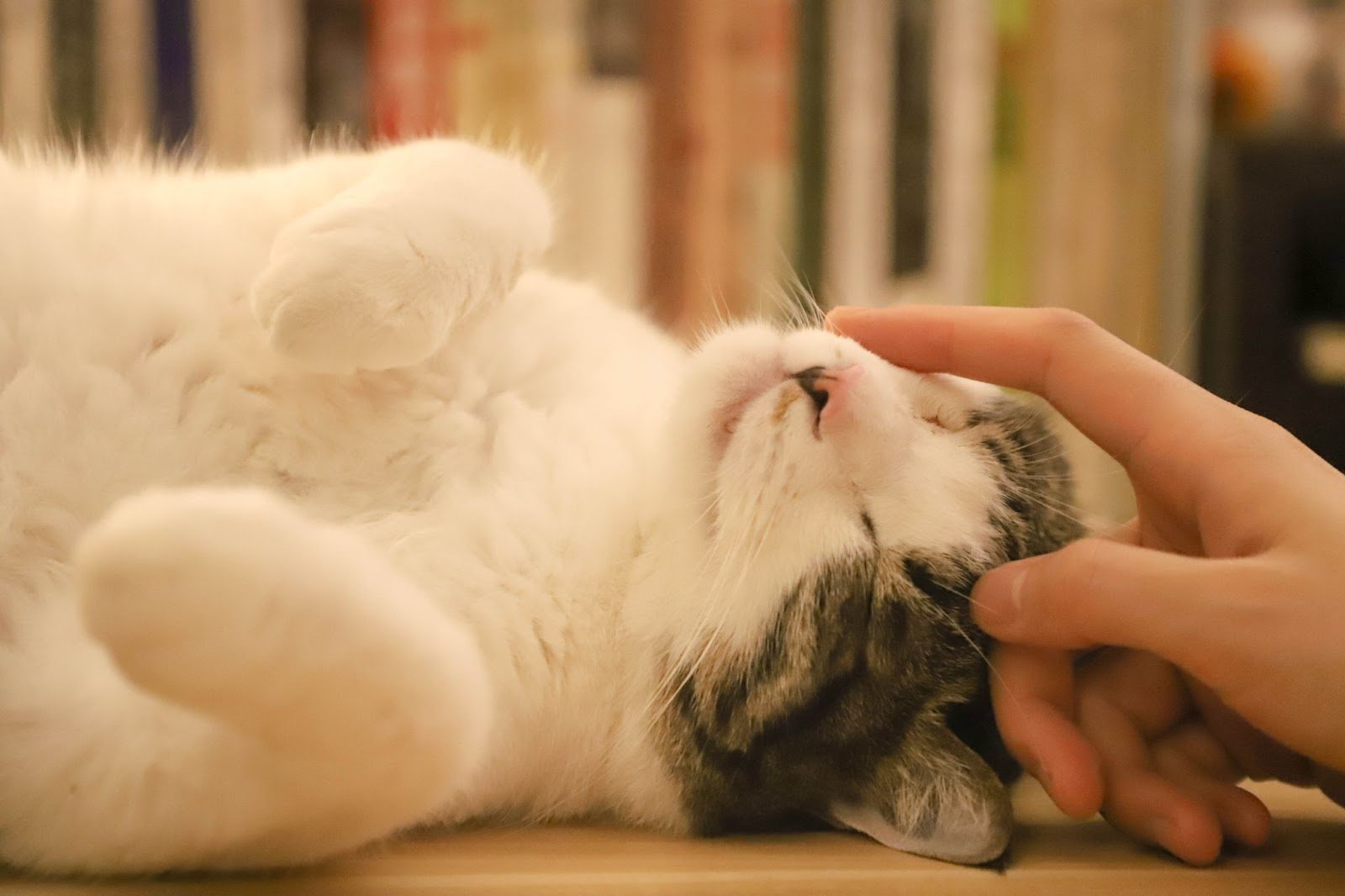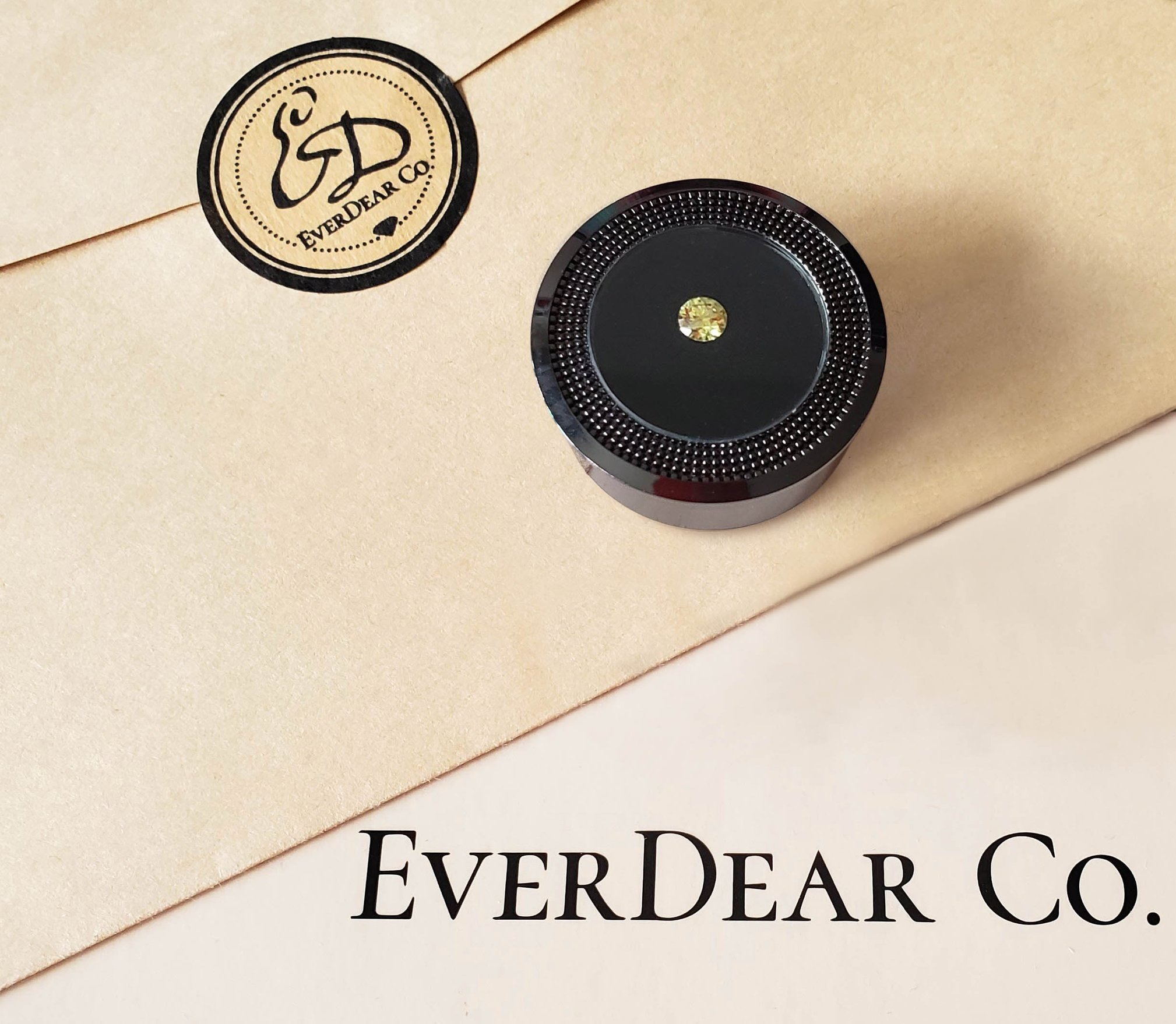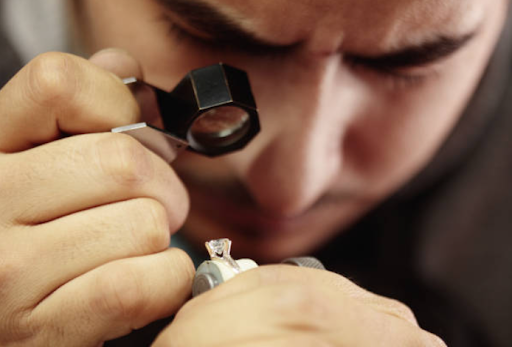After Cremation, What Can People Do with Ashes?
In light of the sadness and upheaval that follows the loss of a loved one, deciding what to do with a loved one's cremated ashes can be a difficult and, at times, overwhelming decision.
Just imagine, after the funeral of your loved one, the cremation process is complete, and you receive the ashes. As you open the box to find your loved one's cremains have a granular texture, similar to sand, a lifetime of emotions seems to pour over you at the same time. The big question that pops out is “What am I supposed to do now?". There are so many options and ways to handle cremated remains, and we will introduce some of these methods in this article so that you can choose the one that is most suitable for you.
More people are choosing cremation over traditional burial methods
The traditional and most common ways to deal with ashes
Cremation allows you to choose the ultimate resting location for your loved one. There are many alternatives for where they will be laid to rest, so if you're stumped, we hope our list of things to do with ashes can assist you and your family in making a decision.
If you prefer a more traditional and commonly used way to deal with your loved one’s ashes, from burial, placement in a columbarium to keeping cremains in a turn, scattering cremated ashes, here are a few examples:
Scatter Cremains/Ashes
The option that probably comes to mind immediately is also one of the most popular methods to handle cremains: scattering the cremains in a place that has special meaning and is important to your deceased loved one. When it comes to scattering cremated ashes, you must be aware of the various laws and regulations that each state, region, or country may have in place. Once you've decided where you want to disperse the ashes, remember to contact the relevant government agency to make sure you have all of the necessary clearance and permissions.
Some states like Florida, has no particular regulations governing the spreading of ashes, but other counties and localities may have restrictions and may demand permissions or licenses.
Cemeteries offering places to scatter cremated ashes
Scatter Gardens:
Cemeteries are increasingly offering scattering Gardens to families who want to scatter their ashes on cemetery grounds. Scatter gardens are well-kept, artistically planted spaces where cremains can be legally scattered anywhere on the grounds.
Scattering at Sea:
This is another traditional option, in which your loved one's cremains are dispersed across the sea's surface in a ceremony that can be rather beautiful and serene. The United States Environmental Protection Agency (EPA) regulates ash dispersal at sea and prohibits:
Scattering of human remains in territorial waters within three (3) nautical miles of the coast
Scattering non-human cremation remains, such as pets’ ashes.
Scattering in National Parks:
Scattering ashes in the National Parks is another alternative that is gaining popularity. The National Park Service of the U.S allows cremains to be scattered within its national parks, but each park has its own policies and procedures. For example, in the Yellowstone National Park, cremains must be distributed in "undeveloped" regions (far from roads, buildings, parking lots, etc.). Scattering is forbidden in thermal areas, and no monuments or marks may be erected on the dispersion site.
Non-Scattering Options
If you prefer to keep your loved one’s ashes instead of scattering them, there are almost an infinite number of alternative ways to handle cremains. Your loved one's cremains can be deposited in an urn to be kept at home, interred in a columbarium, or incorporated into something special, so that the family or friends can have a physical place or keepsake to pay their honor for the dearly departed.
Keep the Ashes in an Urn:
For a long time, families have opted to preserve their loved one's cremains in a container or vessel. The most common ways include putting the cremation ashes in an urn and keeping it at home. An Urn is a container for storing cremated remains. Urns come in an almost limitless variety of shapes, sizes, and styles. They can be made of marble, stainless steel, aluminum, bronze, glass, porcelain, or wood, among other materials. Biodegradable urns are also available for burial at sea or in "green burials," in which the urn is placed in soil and grows into a memorial tree.
Burial / Interment of the ashes:
In the same way that deceased people are buried in caskets, cremains might be interred in a cemetery. This is referred to as "interment." After cremation, the ashes can be interred in a Columbarium, which is an above-ground building or wall containing niches for urns or other vessels. These niches are an alternative for families that desire a permanent and accessible place to come to remember a loved one. The cremated ashes can also be placed in a burial plot or mausoleum where multiple urns/vessels can be placed on a single plot (grave), and can share the same headstone.
Incorporate in Other Keepsakes:
Cremains can also be kept in interesting and ornamental items like holiday ornaments, glass paperweights, hourglasses, and even golf balls. These keepsakes are often customized to be a unique depiction of your loved one and can be displayed in your office or any workstation.
Creative and meaningful ideas with ashes to commemorate your loved ones
There are also a variety of unusual and novel cremation treatment alternatives available, with more being developed every day. You can do a lot of personal, creative, and one-of-a-kind things using cremation ashes. Here are a handful of the most unique methods to pay tribute to your loved one:
Loved one’s ashes mixed in the tattoo ink
Tattoos:
Believe it or not, you can tattoo your skin with a small bit of your loved one's cremains mixed with ink. People frequently get tattoos in commemoration of loved ones after they pass away, but now you can have tattoo ink produced with a little amount of your loved one's ashes, allowing you to carry a small piece of them with you for the rest of your life.
Create a vinyl record with ashes:
One in every four young individuals, according to research carried out in early 2019, wants their ashes compressed into a vinyl record when they die.
Many Vinyl creators will turn your loved one's cremated ashes into a vinyl record containing a recording of your choice for you and your family to enjoy. If your loved one was a music fan, this could be the best option.
Integrating ashes into artwork:
You can have your loved one's ashes turned into a piece of one-of-a-kind memorial art. Memorial art comes in a variety of styles, but glass art is one of the most popular.
Artists are increasingly combining cremation ashes into painted artwork, such as portraits of the deceased or scenes from their favorite landscapes.
Coral Reef Green Burial:
You can also choose to mix your loved one's cremains with concrete to create a marine reef that can serve as a memorial while also providing habitat for marine life.
Cremation jewelry with center diamond made from ashes
Turning cremated ashes into forever diamonds
You can turn your loved one’s ashes into a beautiful and forever diamond and give them an “eternal life” after death. Thanks to modern technology, human ashes can be turned into diamonds, bringing the famous lyric “shine bright like a diamond” into reality. All diamonds, both lab-grown and natural diamonds, are made of carbon, which is also a major component of the human body. As a result, by extracting the carbon from cremated ashes, a memorial diamond that has the exact same characteristics as natural diamonds can be created.
To make a gorgeous and stunning one-of-a-kind diamond, you only need a bit of your loved one's cremation ashes. Businesses like EverDear™ create totally customized cremation diamonds and may blend the ashes of two or more loved ones to create a single diamond. The memorial diamonds created from ashes are real diamonds and are certified by GIA and IGI. It can be a unique and timeless way to memorialize the dearly departed by creating such a beautiful keepsake and heirloom.
Cremation diamond jewelry keepsake
Memorial diamond jewelry, also known as cremation diamond jewelry, is a special type of jewelry keepsake to remember a loved one who has passed away with the center diamond made from their ashes or hair. Unlike other cremation jewelry that serves as a mini container of ashes, cremation diamond jewelry carries real diamonds instead of ashes and is perfect for daily wear. There’s no more need to worry if the ashes will be split everywhere when the container is not sealed enough.
Although memorial jewelry is less traditional than urns, it is a popular choice for many people who want to keep their loved one's memory alive. From necklaces and bracelets to rings and earrings, EverDear™ offers a diverse selection of remembrance jewelry for men and women of all ages and preferences. You can have a personal or meaningful phrase that reminds you of your loved ones to be engraved on the cremation diamond jewelry, and you can even have your jewelry setting tailor-made by providing a scratch or picture of the design you like.
Which is the best memorial option to choose?
After cremation, choosing a specific way to treat your loved one’s ashes as a memorial brings a lot of comfort to many people. It can serve as a focal point for grieving or a location to visit and remember a loved one who has died.
When selecting from all these memorial options, besides your preferences, there are several factors to consider and compare before you make your decisions:
Cost-Efficiency
The Cost is, of course, the first thing to consider. As there is a rising cost for burial space and relatively high regular caring costs for columbariums and mausoleums, you may prefer to choose other more affordable options instead of interment of ashes if you are limited by a tight budget. Scattering ashes is definitively an affordable option that almost costs nothing. The price for getting ashes in Tattoos is also reasonable, just a little higher than traditional tattoos. And the starting price for turning ashes into a diamond is $895 at EverDear™. Allowing people to get a real diamond at this price makes it also a cost-efficient option.
Emotional Support
The emotional support that the memorial options can bring us is another important factor to consider, as this is what exactly people are looking for after losing a dearest person. Scattering ashes may be romantic, but cannot provide you with long-term emotional support when there’s nothing physical left for you to honor the people who passed away. The interment of ashes allows you to visit the place regularly, but after the ashes are settled, there’s only a low emotional attachment between you and your loved ones when you are not there.
Tattoos with ashes and diamonds made from cremains create a strong connection between you and the dearly departed. While the sentimental meaning of the tattoos may be influenced by the body part tattooed, cremation diamonds always shine bright and remind you of the joyful memories. No matter if it’s a pendant, a bracelet, or a ring, you can always set the cremation diamond in a piece of memorial jewelry to keep your eternal love close to your heart.
Portability
If you wish to commemorate your loved one at any time and anywhere, portability may be important for you. Many airlines allow cremains to be transported on board as carry-on or checked baggage However, the urn/container containing the remains must pass through an x-ray machine or it may be denied entry. You must present a death or cremation certificate in order to transfer cremains on a flight.
You can definitively carry the ashes of your loved ones by tattooing them on your skin. But for people who don’t want to damage or leave any mark on their skin, a beautiful cremation diamond jewelry would be perfect to bring a part of the departed with them whenever and wherever they want.
Other factors
Other things that may influence your decisions include factors such as convenience, durability, or whether it is environmental-friendly. For example, for people who can not visit the burial spot regularly, the interment of ashes in a columbarium or mausoleum may not be a good choice. While people are more and more caring about the environment, a more eco-friendly memorial option may be preferred, rather than measures like scattering ashes which have high concerns of pollution. And if you are searching for something that can eternally preserve the love and memories of your loved one, instead of a tattoo that has the risk of fading, a forever memorial diamond will be your best option.
Comparing all the factors in a comprehensive manner, we can get an overview of the pros and cons for some typical methods of dealing with ashes:
| Memorial Options | Cost-Efficiency | Emotional Support | Portability | Other factors |
|---|---|---|---|---|
| Scattering ashes | ★★★★★ | ★ | N/A | Legal Restrictions and impossibility to recover scattered ashes High concerns of pollution |
| Interment of ashes | ★★ | ★★ | N/A | Regular caring Costs (Vary per cemetery) Lack of convenience for regular visit |
| Ashes in Tattoos | ★★★★ | ★★★★ | ★★★★★ | Only for people who accept tattoos Risk of fading and infection |
| Ashes to Diamonds and memorial diamond jewelry | ★★★★ | ★★★★★ | ★★★★★ | Eco-friendly production process Real diamonds certified by GIA Pass on from generation to generation |
So far, turning ashes into cremation diamonds and memorial jewelry keepsakes are the most recommended memorial options according to a multidimensional consideration. Besides the fact that cremation diamonds and jewelry are environmentally friendly, convenient, and cost-efficient, they also last forever, are portable, and allow us to commemorate at any time.
Conclusion
Nearly 65 percent of all households are expected to choose cremation over burial by 2025. This rise can be attributed to perceived decreased costs, higher acceptance, and greater flexibility when it comes to designing a service. With so many post-cremation methods available, there is no need to rush into an immediate decision after the death of a loved one.
If you can't decide right now, then take some time to plan a special ceremony that is appropriate for your loved one. Whether you are looking for something unique and creative or a more formal and traditional approach, we hope this article has been helpful in giving you some ideas on what to do with the ashes after the cremation. The most important thing is to choose the option you think is best for honoring your loved one and to do whatever works best for you.

